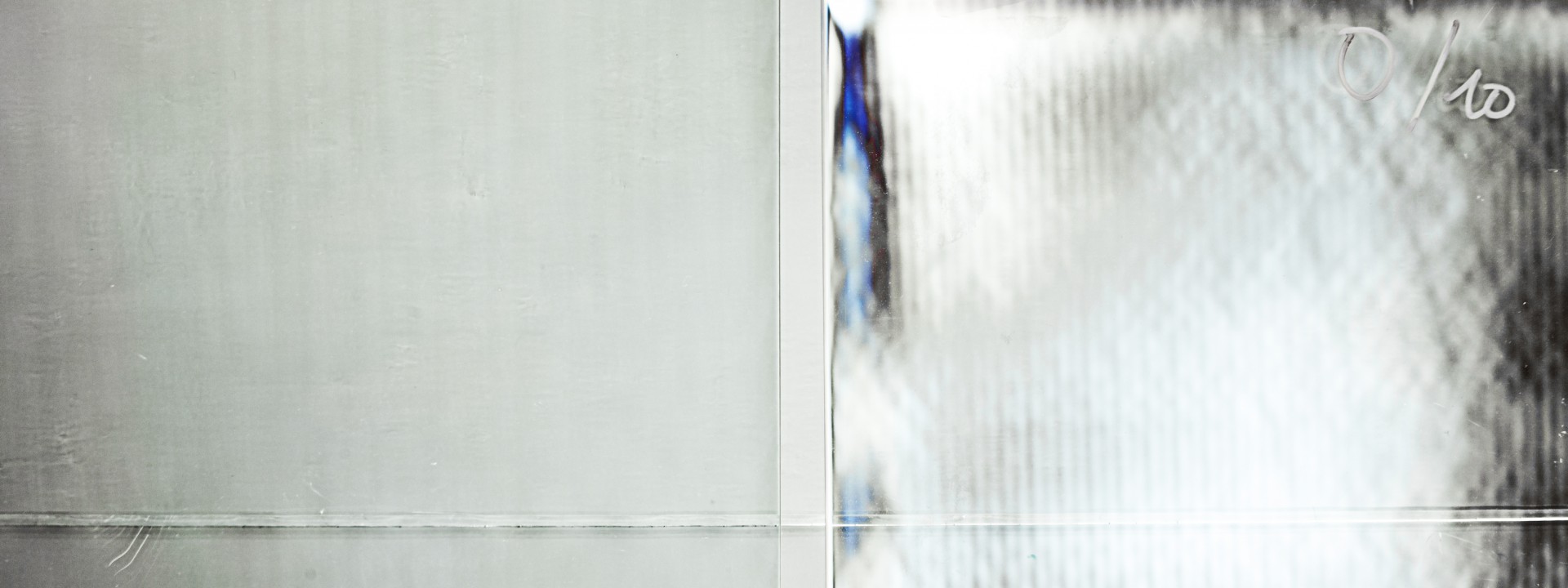
One of the most burning topics in the glass industry is whether anisotropy is a defect or not? The majority of glass suppliers rely on the standards. These standards state that anisotropy is not a defect but an inherent part of the tempering process. This is true. Building designers and end clients refuse to accept glass with visible anisotropy. This is understandable. So we have a typical situation where something has gone wrong and we don’t know who to blame. Later in this post, you will find some actual research on the differences in opinion.
I say that we’re talking about the wrong topic! Or let me rephrase, we should talk about anisotropy, but not fight the development. I do understand there can be difficult individual cases where the parties have different opinions on what should be approved and what not. Especially when there is big money involved.
However, as an industry, we should not fight against the natural evolution in customer expectations. We should accept the fact that end customers require more. And we should find solutions to provide them with what they are looking for. It is our job to deliver better solutions to make our customers happy – and not fight with them about what is acceptable and what is not.
On to the research I promised you. One of my glass industry colleagues, Mr. Saverio Pasetto, who works as Façade Technical Director at Skanska, a major construction group, did a very interesting study last year entitled: “Anisotropy as a defect in U.K. architectural float heat-treated glass.”
Saverio represents the side of the end customer and works frequently with problems and possibilities that we from the glass industry give him. In his dissertation, Saverio conducted a 15-question survey of 35 key stakeholders, including architects, glass suppliers, façade contractors and façade consultants, to find out if anisotropy is a problem and, if so, how big of a problem it actually is.
With Saverio’s permission, I’ll share a couple of questions and results from his study:
First question: “Do you consider anisotropy in architectural
float glass to be a defect?”
According to this, most of the respondents know that anisotropy is not an actual defect technically, or rather, according to the standards. However, when the same people were asked the second question, it gets interesting.
Second question: “Please rate how much of a problem you think
anisotropy is for the façade industry.”
We then get results where over half the respondents say anisotropy is a critical or an important problem in practically every phase of the process. I repeat: over half of the people involved feel anisotropy is a major problem in all parts of façade building. Let’s face it – we have an issue on our hands.
For all of us who work in the glass processing field, we need to recognize this is an issue and start to provide solutions. From a tempering line point of view, this means paying attention to the tempering line selection. But more importantly, how it is used in everyday production?
Learn about the phenomenon and what you can do to minimize it: What is iridescence (anisotropy) and 5 ways to reduce it in tempered glass.
If you are also interested in the full research document by Saverio, please go to the Resources section to download the document.
Source: Saverio Pasetto, “Anisotropy as a defect in U.K. architectural float heat-treated glass.” 09/2014. Dissertation for MSc in Façade Engineering, University of Bath (UK)
Sign up for Glastory newsletter
We answer your questions about glass processing. Let us know your challenges and we promise to do our best to help you.
Comments are closed.